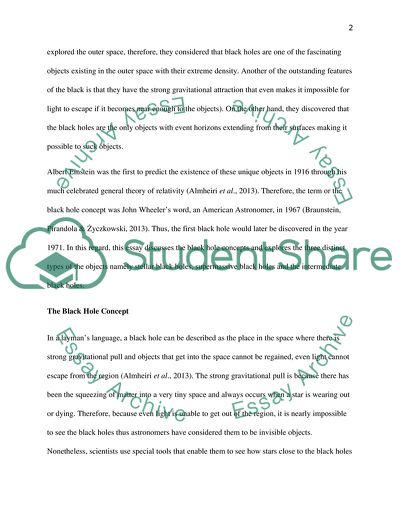Cite this document
(The Black Hole Concept and Existence Essay Example | Topics and Well Written Essays - 2000 words, n.d.)
The Black Hole Concept and Existence Essay Example | Topics and Well Written Essays - 2000 words. https://studentshare.org/environmental-studies/1874763-final-essay
The Black Hole Concept and Existence Essay Example | Topics and Well Written Essays - 2000 words. https://studentshare.org/environmental-studies/1874763-final-essay
(The Black Hole Concept and Existence Essay Example | Topics and Well Written Essays - 2000 Words)
The Black Hole Concept and Existence Essay Example | Topics and Well Written Essays - 2000 Words. https://studentshare.org/environmental-studies/1874763-final-essay.
The Black Hole Concept and Existence Essay Example | Topics and Well Written Essays - 2000 Words. https://studentshare.org/environmental-studies/1874763-final-essay.
“The Black Hole Concept and Existence Essay Example | Topics and Well Written Essays - 2000 Words”. https://studentshare.org/environmental-studies/1874763-final-essay.


